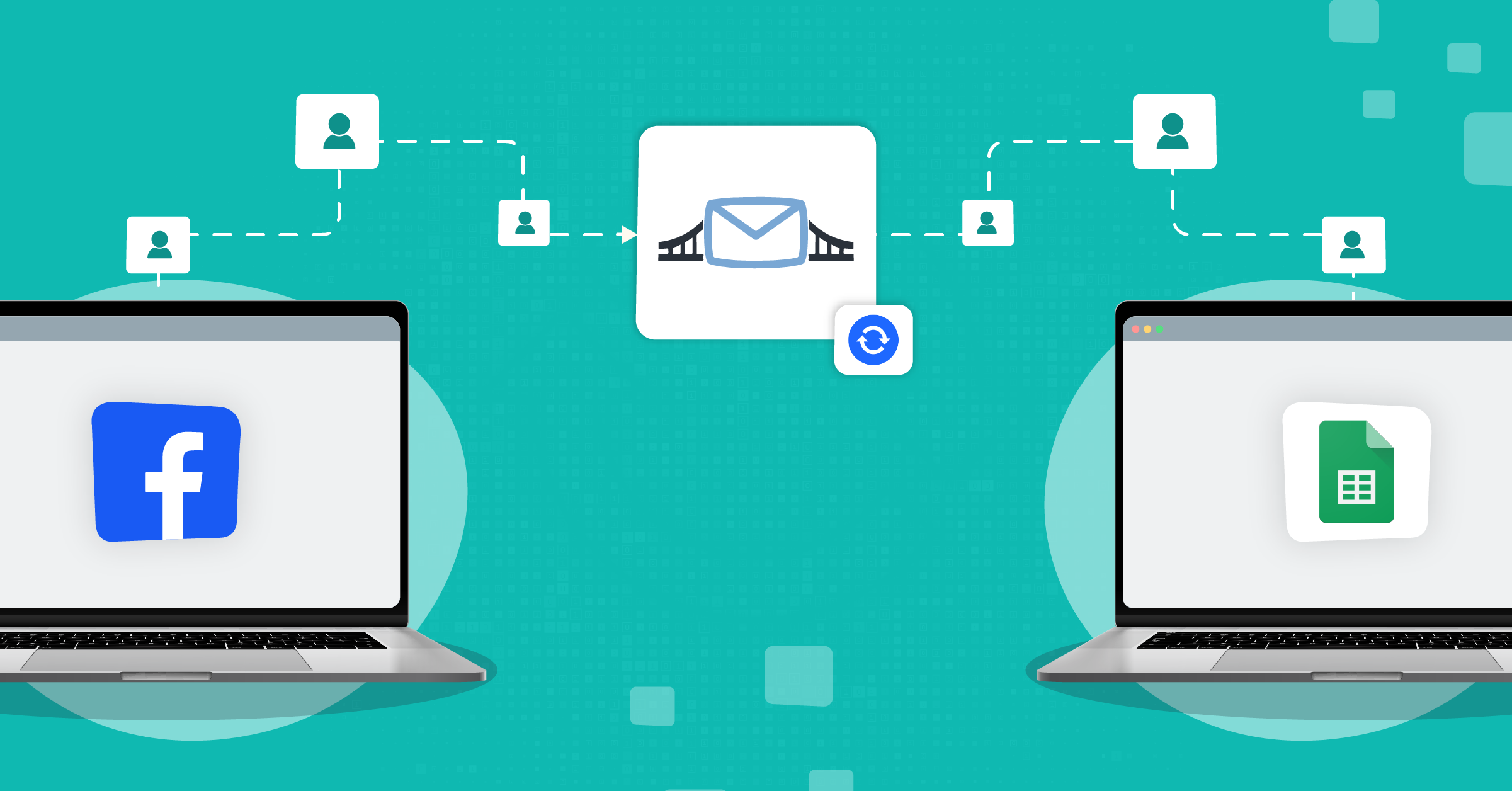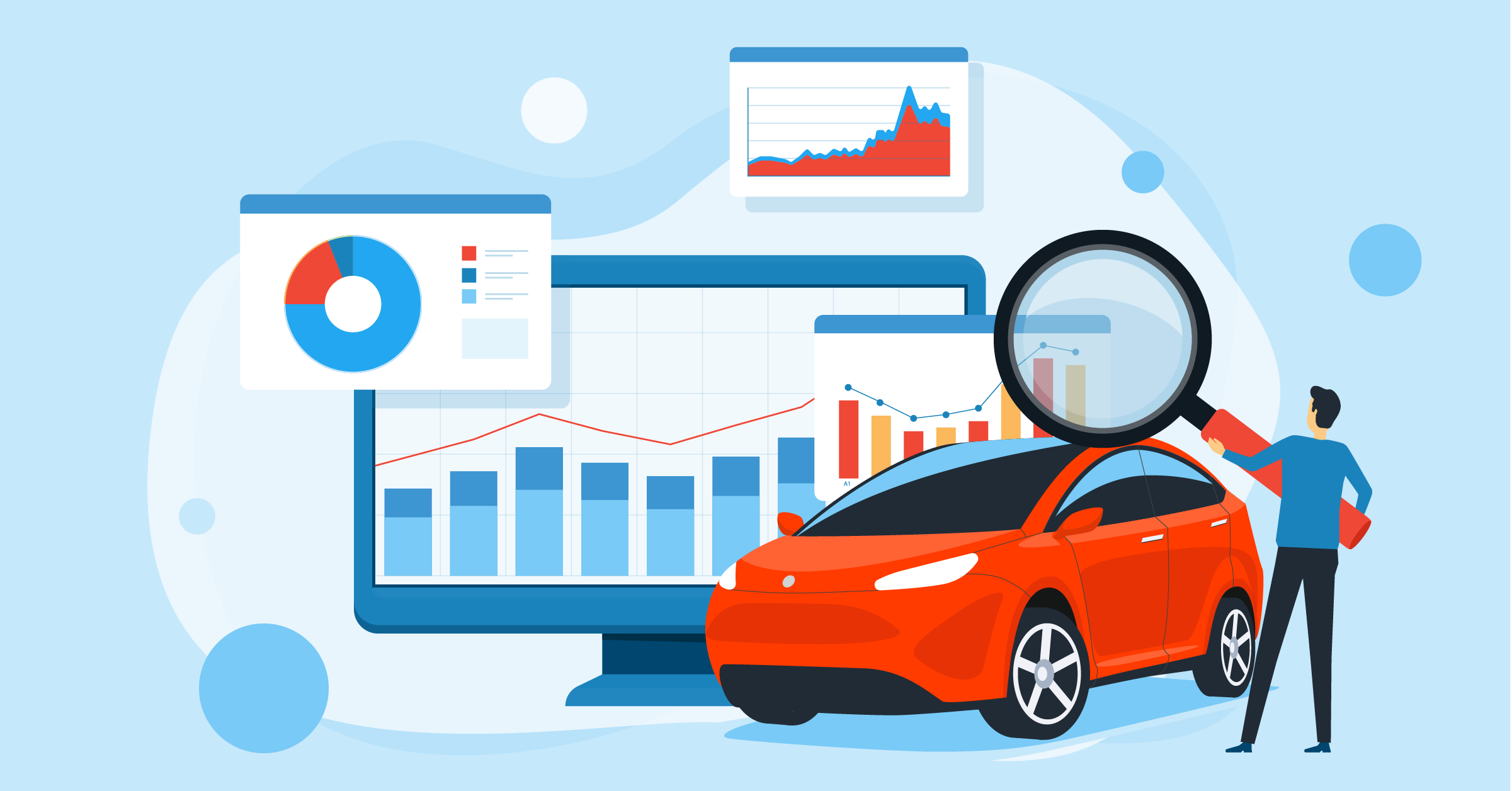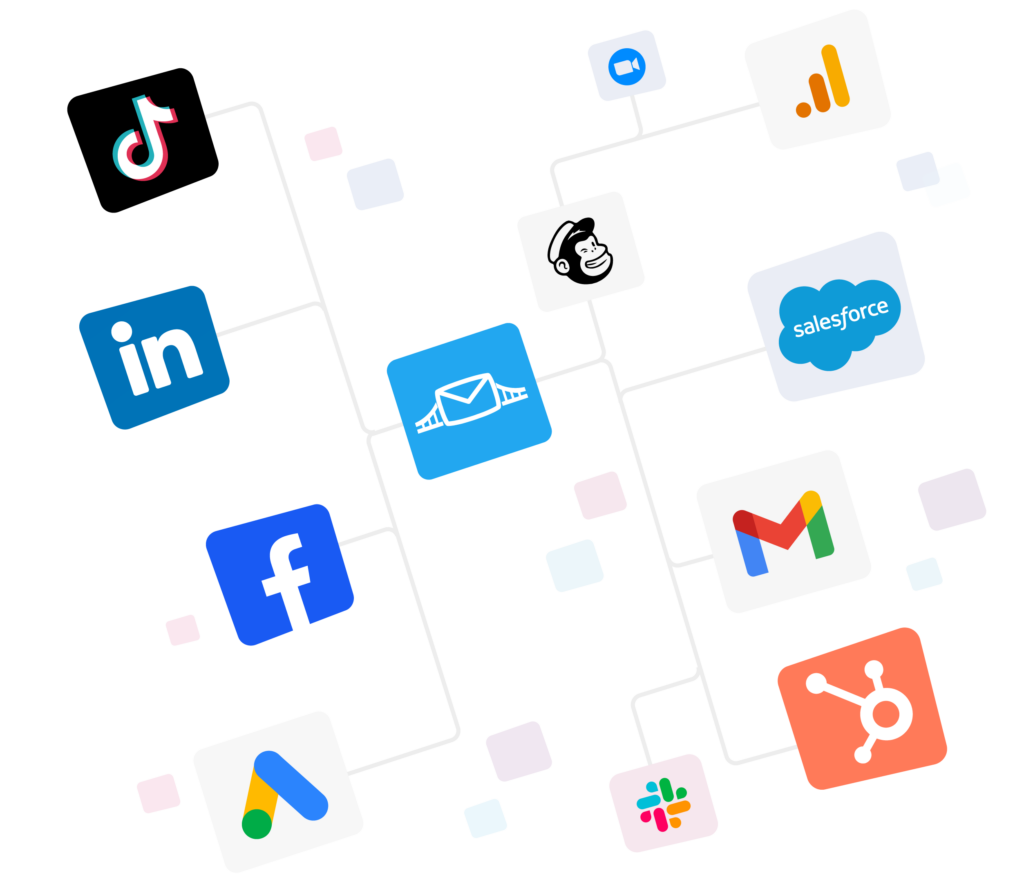
Trends show that in 2025, the Marketplace feed is busier than ever. A few good strategies in place, and your listing can find its way to the top and in front of interested users.
But what are these strategies exactly?
This guide shows you exactly how to boost a Facebook Marketplace listing, how to “re-boost” it when performance dips.
You’ll also learn how automation can keep fresh leads flowing while you focus on sales, using specialized integrations such as:
Boosting vs. posting: What’s the difference?
A standard Marketplace post is shown organically to people browsing the feed.
On the other hand, boosting converts that post into a paid ad that can appear across Marketplace, the Facebook News Feed, Instagram, Audience Network, and more.
This can essentially give your item a second life with targeted reach.
Facebook also supplies ad-level insights (impressions, clicks, message replies) you won’t see on a normal listing.
Learn all you need to know about how to advertise on Facebook Marketplace.
How to boost Facebook Marketplace?
Get your listing ready to boost
Before you spend a single cent on ads, make sure the listing itself is optimized.
What does that mean? Below, you can find a five-point checklist we’ve drawn from the recent Marketplace best-practice research.
Ask yourself:
- Are my listing photos clear and well-lit from multiple angles? Bright, high-resolution images draw buyers in and signal quality to Meta’s algorithm.
- Does my title pack in the right keywords? A detailed title like “2023 Trek Marlin 7 Mountain Bike, 29-inch wheels” outranks a generic “Mountain Bike.”
- Have I written a full description and picked the exact category? The more detail and the tighter the category match, the fewer buyer questions, and the better your search placement.
- Is my price competitive enough? Smart pricing lets your listing surface in “Price Drop” and “Best Deals” filters, grabbing deal-hunters’ attention.
- Did I add relevant tags? Up to 20 spot-on tags (e.g., #mid-century-sofa) work like hashtags, helping shoppers discover your item.
Just a quick reminder that since Feb 2025, Meta lets approved third-party classified sites list inside Marketplace after a €797 M fine.
Find out more about how to advertise your business on Facebook Marketplace here.
A step-by-step guide: How to boost a Facebook Marketplace listing
Step 1: Start by logging into your Facebook account.
Step 2: Go to Marketplace and select Your Listings.
Step 3: Select the listing, then choose Boost Listing (mobile) or Boost (desktop).
Step 4: Pick an objective. For instance, to get:
- More listing views
- More messages
- Website visits
Step 5: Set the audience:
- Automatic now known as Advantage+ audience (platform-selected)
- Or, Custom (age, gender, location, interests)
Step 6: Define budget and duration.
You need a minimum of roughly $5/day in the US. For an initial test, allocate $35 over three days.
Step 7: Review placements, confirm payment. Most boosts are approved and live within 15 minutes. Meta now bundles most placements under “Advantage+ placements.”
Keep boosts to short runs (three-to-seven days) to monitor performance and adjust before costs rise.
How to boost listing on Facebook Marketplace, again!
Marketplace ads remain affordable. Depending on the industry, the average Facebook Marketplace CPC was about $0.58 to $0.70 in June 2025.
However, once a boost shows the same person five times or more, click-through drops and CPC can climb 20-30%. Knowing when and how to reset the algorithm keeps your ad costs in check.
Here’s how to boost listing again on Facebook Marketplace:
Edit and extend
When a boost is still running but performance is dropping, open the active boost, and choose Edit Boost. This either increases the budget or refreshes the creative with a new cover photo, revised headline, or enhanced images using photo and image editing tools.
Facebook treats these changes as a light reset, letting you retain existing social proof while giving the algorithm fresh signals.
Duplicate and relaunch
If the initial boost has ended or metrics have fallen sharply, select Boost Again. You can then choose a Duplicate ad and adjust targeting or spend before publishing.
This creates a new ad ID, allowing the delivery system to relearn from scratch.
Renew the listing
When a listing is more than seven days old and its organic rank has slipped, go to Marketplace, then Your Listings, and finally Renew.
Renewing pushes the post back to the top of organic results; follow up with a fresh boost to stack paid reach on top of renewed visibility.
Note: Renew is not available for every listing type (e.g., items with shipping) and disappears once the item is marked Sold.
Use the recommended cadence
Small and mid-sized sellers often see the best ROI by running seven-day boosts, pausing it for two to three days, then relaunching it.
The brief cooldown prevents local audiences from seeing the same creative too many times and keeps CPC stable as the campaign scales.
Keep in mind that if you manage 50+ SKUs, set up Facebook Dynamic Ads so the algorithm automatically shows the most relevant products to each shopper.
How LeadsBridge supports Facebook Marketplace boosts
Boosting is only half the job. Next comes capturing and nurturing the leads that click your ad.
LeadsBridge closes that gap by automating data flow between Facebook Marketplace and the rest of your stack.
Key integrations include:
- Real-time Lead Sync: Buyer messages are delivered straight to your CRM, email platform, or Google Sheet the moment they land, eliminating manual export and keeping response time under five minutes.
- Audience Sync: CRM segments are mirrored back to Meta as lookalike or retargeting audiences, reducing CPM and giving each new boost a more precise starting point.
- Conversion Sync (Conversions API): Sends online and offline purchase events from your servers to Meta, preserving attribution accuracy as browser tracking fades.
- Pre-built connectors: One-click links for ADF/XML, Velocify, HubSpot, Shopify, and 380+ other tools; no custom code required.
Automation setup and maintenance advice
Small businesses often burn ad spend because lead data sits unread in Facebook’s inbox. LeadsBridge eliminates that lag, which is the necessary Meta advertising best practice for building high-performing ads.
With instant CRM delivery in place, you can respond while interest is highest instead of hours later in Facebook’s inbox.
As your customer data grows, new lookalike models keep reaching efficiency and help offset creative fatigue. You can do this via custom audience integrations that connect Meta to your CRM.
Mapping key events to Conversions API is important. It lets you send add-to-cart, checkout, and in-store sales so Meta’s algorithm optimizes for revenue.
Lastly, if your ecommerce or dealership software isn’t cloud-based, connect via ADF/XML to avoid manual uploads and maintain lead speed.
What to take away from this?
Meta has signaled that fully AI-generated campaigns (creative + audience) will roll out platform-wide by late 2026.
Early tests show a 14–22% lower cost-per-click when AI asset generation is switched on. So why not get in on using automation early on?
Ready to put your Facebook Marketplace boosts on autopilot? Discover Facebook Marketplace ads integrations with LeadsBridge





















